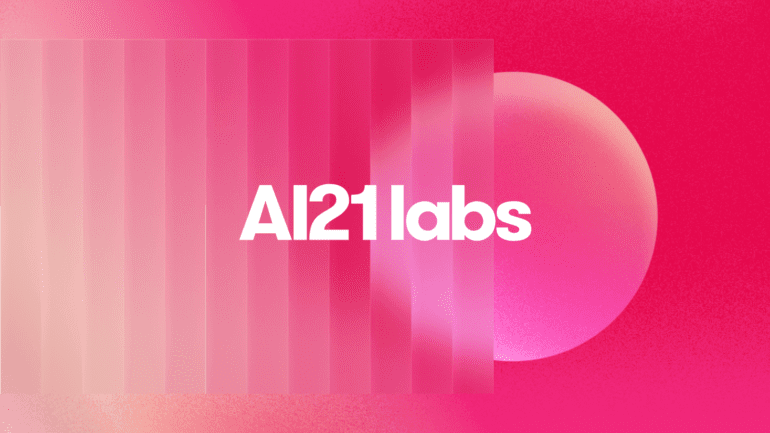- AI21 Labs introduces Jamba, a cutting-edge generative AI model designed for extended contextual processing.
- Jamba offers multilingual capabilities in English, French, Spanish, and Portuguese.
- The model efficiently handles up to 140,000 tokens on a single GPU with 80GB of memory.
- Integrating transformer and state space model architectures, Jamba achieves superior performance in processing extensive data sequences.
- Despite limitations, Jamba outperforms transformer-based models, boasting three times the throughput on long contexts.
- Jamba’s current release under the Apache 2.0 license discourages commercial use due to potential risks, but a safer version is in development.
Main AI News:
In today’s AI landscape, the demand for generative models capable of handling extensive contexts is on the rise. However, these models often come with the drawback of high computational requirements. Or Dagan, the product lead at AI startup AI21 Labs, challenges this notion, as his company unveils a groundbreaking generative model aimed at tackling this challenge head-on.
Contexts, or context windows, are pivotal in understanding how AI models process information. Models with limited context windows may struggle to retain crucial information from past interactions, whereas those with larger contexts excel in maintaining context continuity, facilitating better data comprehension and output generation.
AI21 Labs introduces Jamba, a cutting-edge text-generating and -analyzing model poised to rival the capabilities of renowned models like OpenAI’s ChatGPT and Google’s Gemini. Trained on a diverse dataset comprising both public and proprietary sources, Jamba boasts multilingual proficiency, supporting English, French, Spanish, and Portuguese.
Remarkably, Jamba can efficiently handle up to 140,000 tokens while operating on a single GPU with a minimum of 80GB of memory, akin to a top-tier Nvidia A100. This translates to approximately 105,000 words or 210 pages—equivalent to a substantial novel.
In comparison, Meta’s Llama 2 offers a smaller context window of 32,000 tokens, yet demands significantly less computational resources, requiring only a GPU with around 12GB of memory. Despite its smaller context window, Llama 2 remains a notable contender in today’s AI landscape.
While Jamba may seem conventional at first glance, its true innovation lies beneath the surface. Integrating a fusion of two distinct model architectures—transformers and state space models (SSMs)—Jamba redefines the landscape of generative AI.
Transformers, renowned for their prowess in complex reasoning tasks, leverage an attention mechanism to weigh the relevance of input data, enabling precise output generation. On the other hand, SSMs combine elements from older AI models like recurrent neural networks and convolutional neural networks, offering a more computationally efficient architecture for processing extensive data sequences.
Despite inherent limitations, early incarnations of SSMs, including the open-source model Mamba, demonstrate superior performance in handling large inputs compared to their transformer-based counterparts.
Jamba leverages Mamba as a core component, boasting three times the throughput on long contexts compared to transformer-based models of similar scale, as affirmed by Dagan in an interview with TechCrunch.
While Jamba is currently released under the Apache 2.0 license, Dagan emphasizes its research-oriented nature, discouraging commercial use due to the lack of safeguards against generating toxic text or addressing potential biases. However, a refined version geared towards enhanced safety measures is slated for release in the near future.
Dagan remains optimistic about Jamba’s potential, highlighting its innovative architecture and scalability on a single GPU. As further tweaks are made to Mamba, Dagan anticipates even greater performance enhancements, underscoring the transformative impact of the SSM architecture in the AI landscape.
Conclusion:
The introduction of Jamba by AI21 Labs marks a significant advancement in AI technology, offering enhanced contextual processing capabilities. With its efficient performance on a single GPU and integration of innovative architectures, Jamba presents promising opportunities for various industries reliant on AI-driven solutions, signaling a transformative shift in the market towards more contextually adept models. However, ensuring ethical usage and mitigating potential risks remain critical considerations for widespread adoption.

